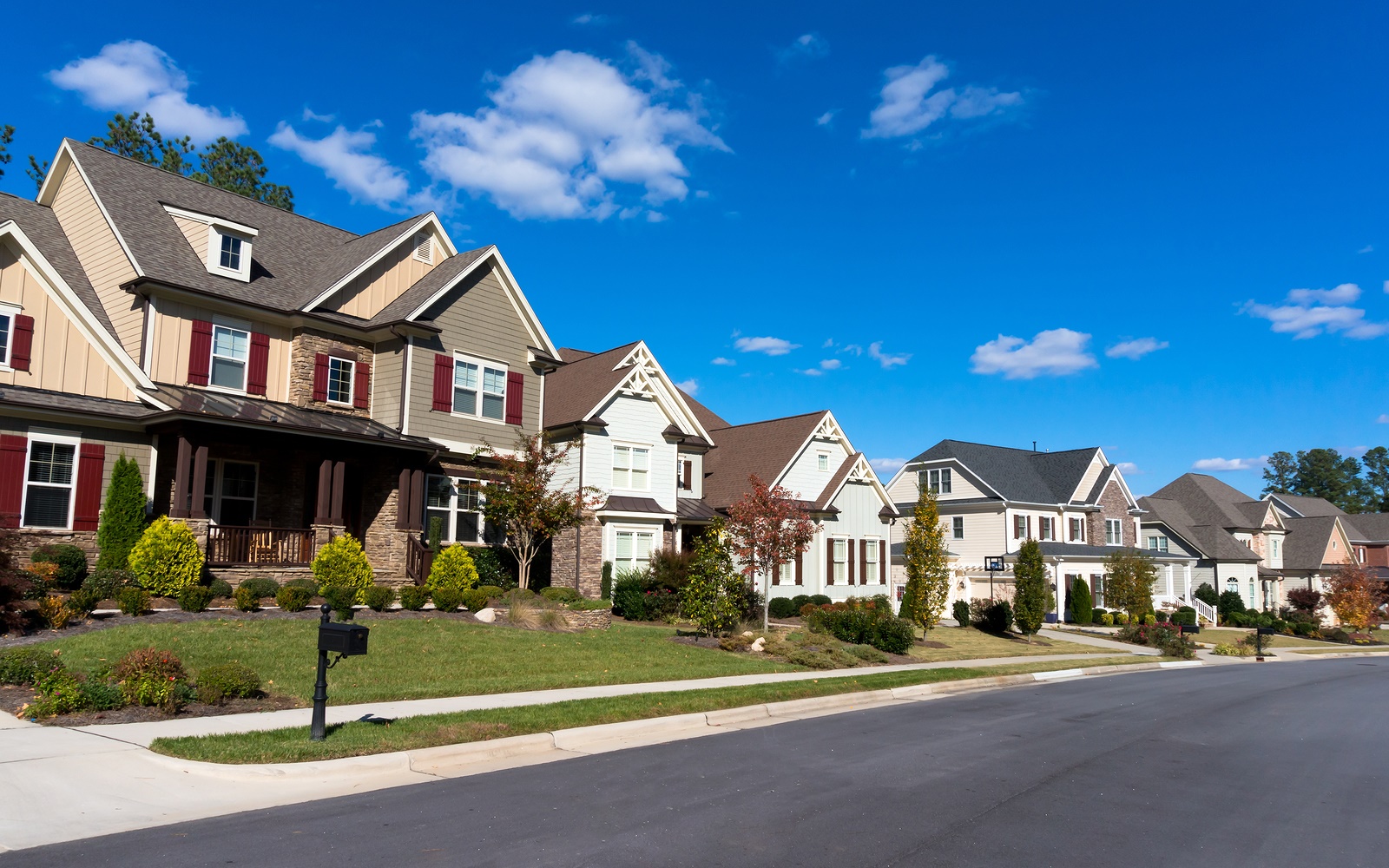Oct 7, 2015
Building Community in the New Neighborhood – How the Hood has Moved
When I grew up in a small town in Central Illinois, my neighborhood friends were as close to me as family. We experienced everything together. The same kids that I played ball with at night were the same students I walked to school with in the morning. We played, laughed, studied, and moved through life’s transitions together. My friend nucleus was primarily located in a six block radius of my neighborhood. That was my frame of reference, my universe, until I reached high school and began to travel extensively for athletics. My closest relationships tended to live close to my house.
Sitting through literally thousands of listening sessions and focus groups with students and parents of independent schools across the country over the past decade or more has taught me a lot about the nature of our changing school world. It struck me this past week that the frame of reference for young people is much more diverse, fragmented, and pluralistic than my experiences. Their neighborhood has moved from their home to the digital world, to their clubs and activities, and to their respective independent school relationships with friends. Their context for friendships and relationships is a far more geographically diverse canvas, where they may share their closest relationships online (notice I don’t say virtual, because that would imply they are not real, and they are), on the bus, in the car, at church, at club soccer, at school, and finally, in their home neighborhood. Interestedly, few students I interview claim to have close relationships in their own local community, in their own neighborhood where they live. For most students, that is where they eat and sleep, and not much more. They don’t go to school with these kids, so why would they establish close relationships with them?
It strikes me that we have a tough challenge in front of us as school leaders as we try to build community at our schools. We are competing with geographically broad and distributed relationships, attention spans, and allegiances. Our consumers want community with us, actually desperately seek community from our schools, perhaps because they don’t have what we once had in America. Perhaps they are seeking that place of solace, comfort, and connection that we once found in our own bedroom communities just 30 years ago. They long for connection with similar-valued parents and students whose goals are naturally aligned with their goals for their family and children, just like my parents had friends in our own neighborhood growing up. And, as a result they look to independent schools to help them fill that need.
How is your school responding to the challenges of the new neighborhood?

